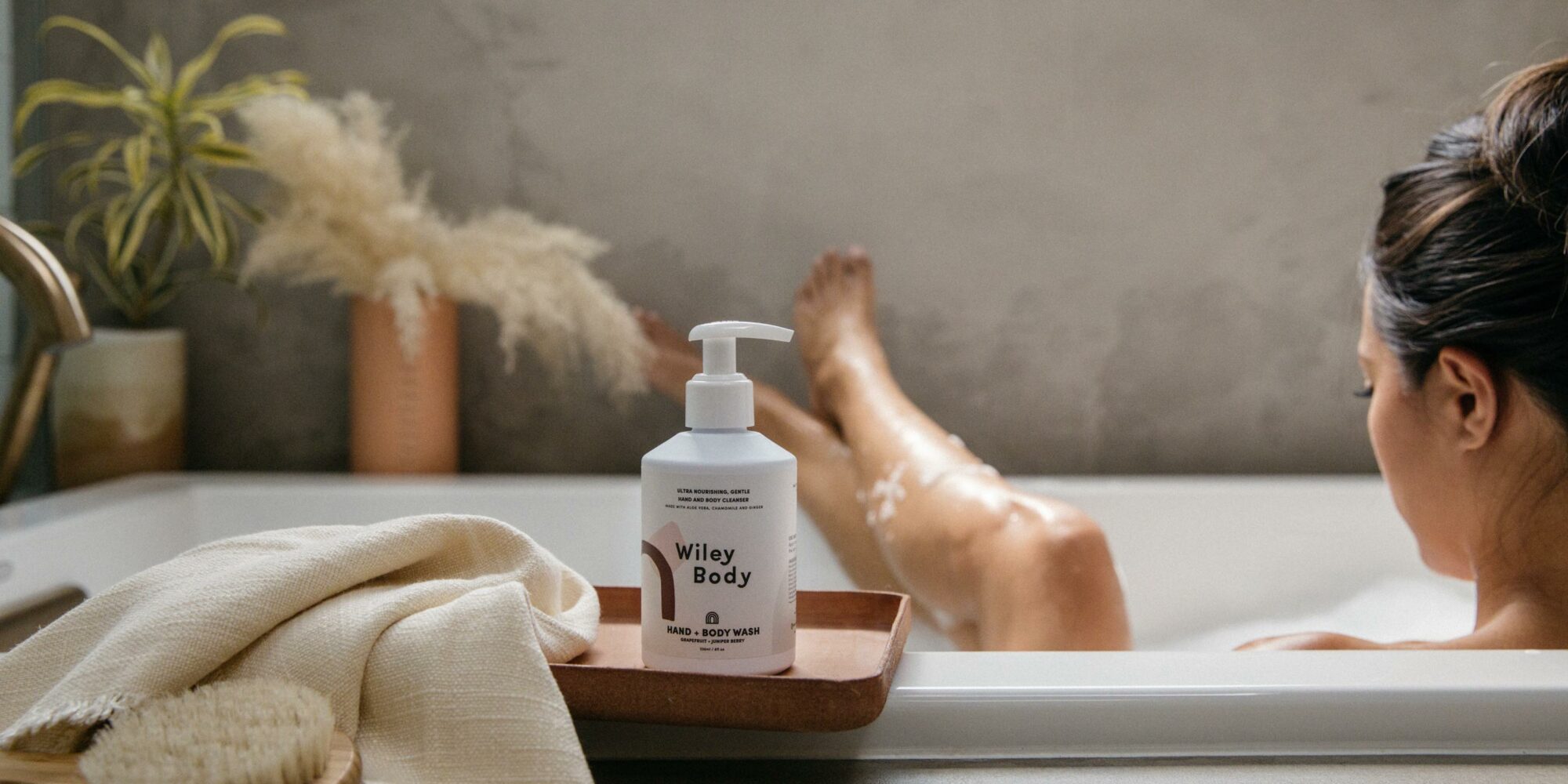
Minimalist Multipurpose Product Brand Wiley Body Shifts Focus From Babies To The Entire Family
Wiley Body has grown out of its baby phase.
The brand started four years ago to market baby personal care products with the aesthetics of millennial parents has shifted its focus to body care for the entire family. In April, it removed the words “Wiley Baby” from products, including its bestselling Body Bubble that’s become Hand & Body Wash.
“When we launched Wiley Baby, I initially had this idea that we would launch a line of baby products, tween products and then adult products, but I realized that doesn’t align with my mission of doing more with less,” says founder Vanessa Wade. “We were just creating more clutter on your vanity, and adults were using products on themselves, but a lot of the feedback was that they didn’t like that it said ‘baby.’”
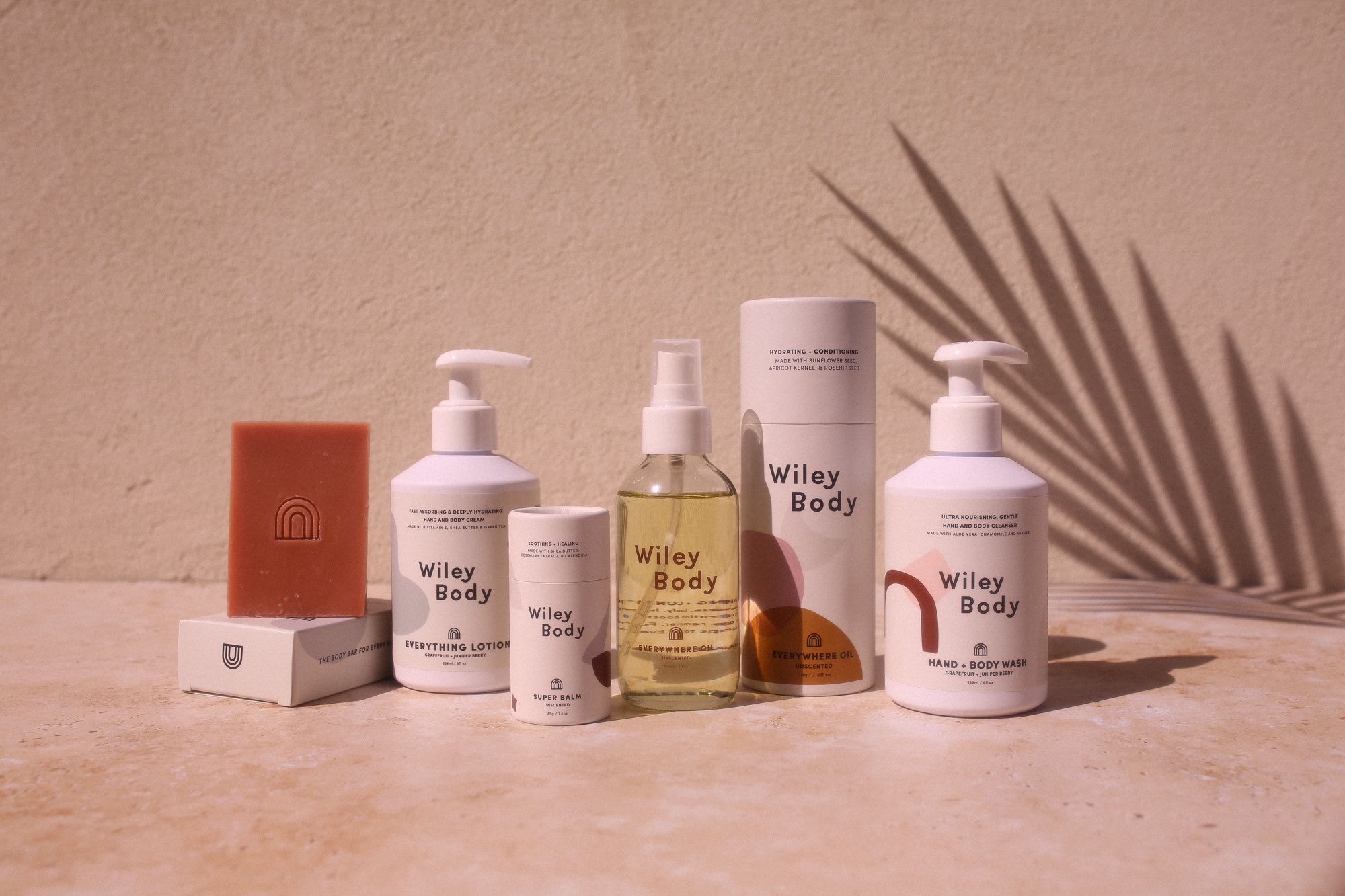
Wiley Body’s shift to body care for all takes place as body care is having a major moment. Brands such as Nécessaire and Esker have been influential at elevating the historically commodity segment to prestige status. “Body care is huge right now,” says Wade. “I feel like it’s the next frontier of skincare, and we can play in that space.”
Of course, the shift could expose Wiley Body to a much larger audience. Valued at $5.67 billion in 2019, according to Grand View Research, the American baby personal care category is a fraction of the broader beauty and personal care industry in the United States, which was estimated by P&S Intelligence to be $81.1 billion the same year.
A few months ahead of Wiley Body’s rebrand from a baby to family brand, Wade alerted its retailers about the change. “Everyone seemed to be very open and excited for the rebrand,” she says, adding, “I know it was risky, but you can still use our formulas on your baby. We didn’t change the formulas. They are still our flagship formulas that everyone knows and loves.”
“Body care is huge right now. I feel like it’s the next frontier of skincare, and we can play in that space.”
About 70% of Wiley Body’s sales are from independent stockists. Nationally, it’s carried by around 200 of them. Last year, the brand was picked up by Anthropologie’s website. Wiley Body’s goal is to secure two to three retailers a month. Wade and a virtual assistant cold email store buyers and provide free samples to establish relationships. Once Wiley Body enters a retailer, it does its best to support it with pop-ups, testers and signage, among other assets and initiatives.
Goop and Credo are on Wade’s list of dream retailers, and someday she envisions Wiley Body breaking into the likes of Sephora and Ulta Beauty. However, Wade isn’t in a rush to balloon her company. This year, its sales have been accelerating 20% quarterly, a pace she can handle and that has been achieved without spending on marketing.
“We are really focused on just growing slow,” says Wade. “Because of the pandemic, it has made me overall want to slow down and focus on the customers that we already have.”
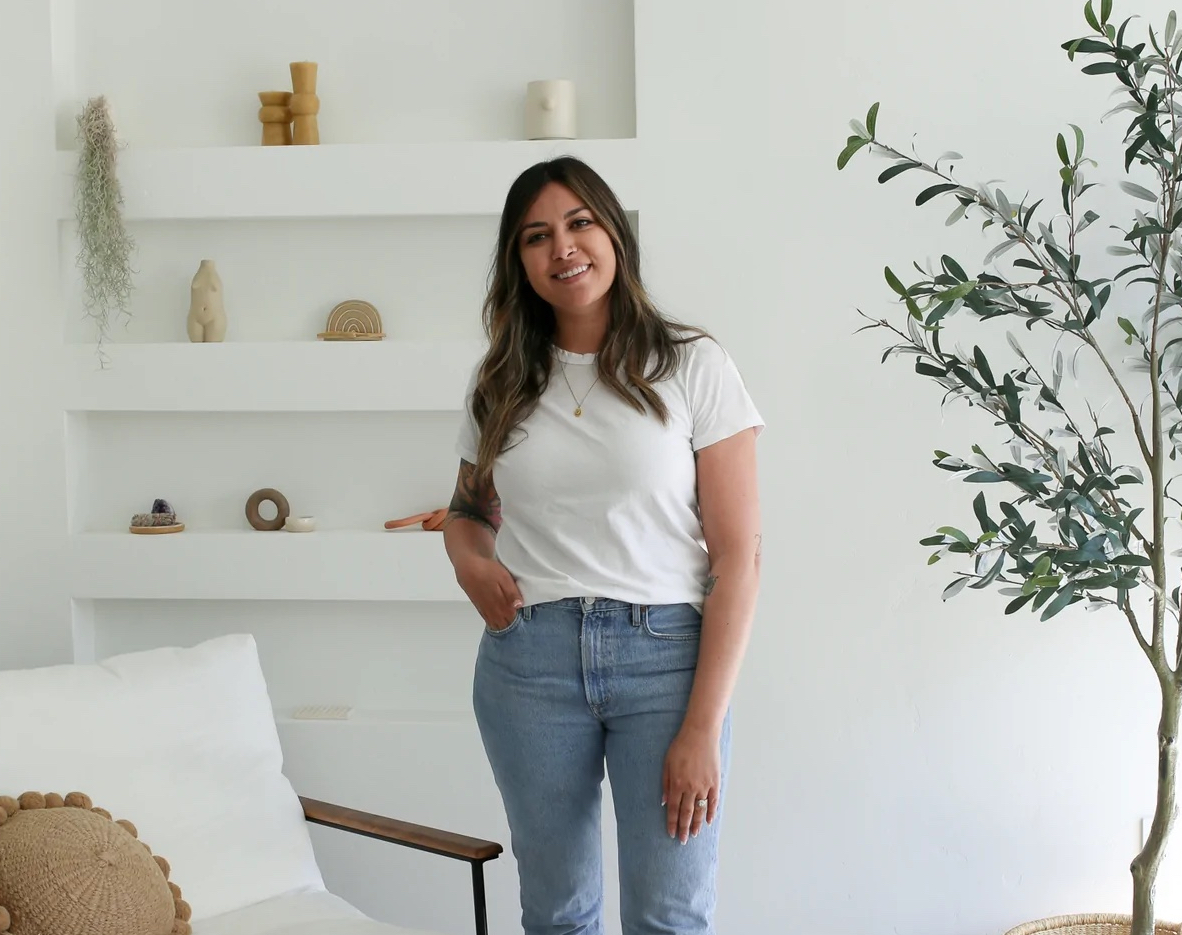
Wade originally developed Wiley Body with partner Jane Riley, a fellow graphic designer and mother, but Riley was soon offered a job she couldn’t pass up. The “Wiley” in Wiley Body combines Wade’s and Riley’s surnames. As they went into business together, Riley and Wade drew up an operating agreement that spelled out what would happen in the event either partner departed, and they followed it upon Riley’s departure.
“It really saved us,” says Wade. “I was able to buy out her portion of Wiley, and we went our separate ways.”
Wade began thinking about pivoting Wiley Body beyond baby after the pandemic got underway, and she encountered difficulties pinning down pumps she was putting on the brand’s bottles. She decided to switch from high-density polyethylene (HDPE) to polyethylene terephthalate (PET) bottles for better recyclability and opt for labels to enable collaborations. She also eliminated exterior boxes except for the box for Everything Oil, the only product housed in glass.
“We are really focused on just growing slow.”
Along with Everything Oil and Hand & Body Wash, Wiley Body’s products are The Candle, Body Bar, Everything Lotion, Super Balm, Soap Dish and Baseball Hat. They’re priced from $12 to $32. Wiley Body recently bumped prices up $1 to $2 per product.
With the packaging overhaul, Wade purchased 10,000 bottles rather than purchase a couple of thousand as she generally did in the past. Along with her personal savings, Wade relied on a business line of credit from Chase to fund the rebrand. She says the line of credit “has helped us be able to use money for what we need, pay at back at a really low interest rate, and I don’t have to give equity to someone.”
Online, Wiley Body has assembled bundles—a signature set of Everything Lotion and Hand & Body Wash is $50 while a body bundle with Everything Lotion, Hand & Body Wash, Super Balm and Everything Oil is $106—that have been popular with its customers. The brand’s customers are largely 25- to 45-year-olds who care deeply about sustainability, clean ingredients and their health.
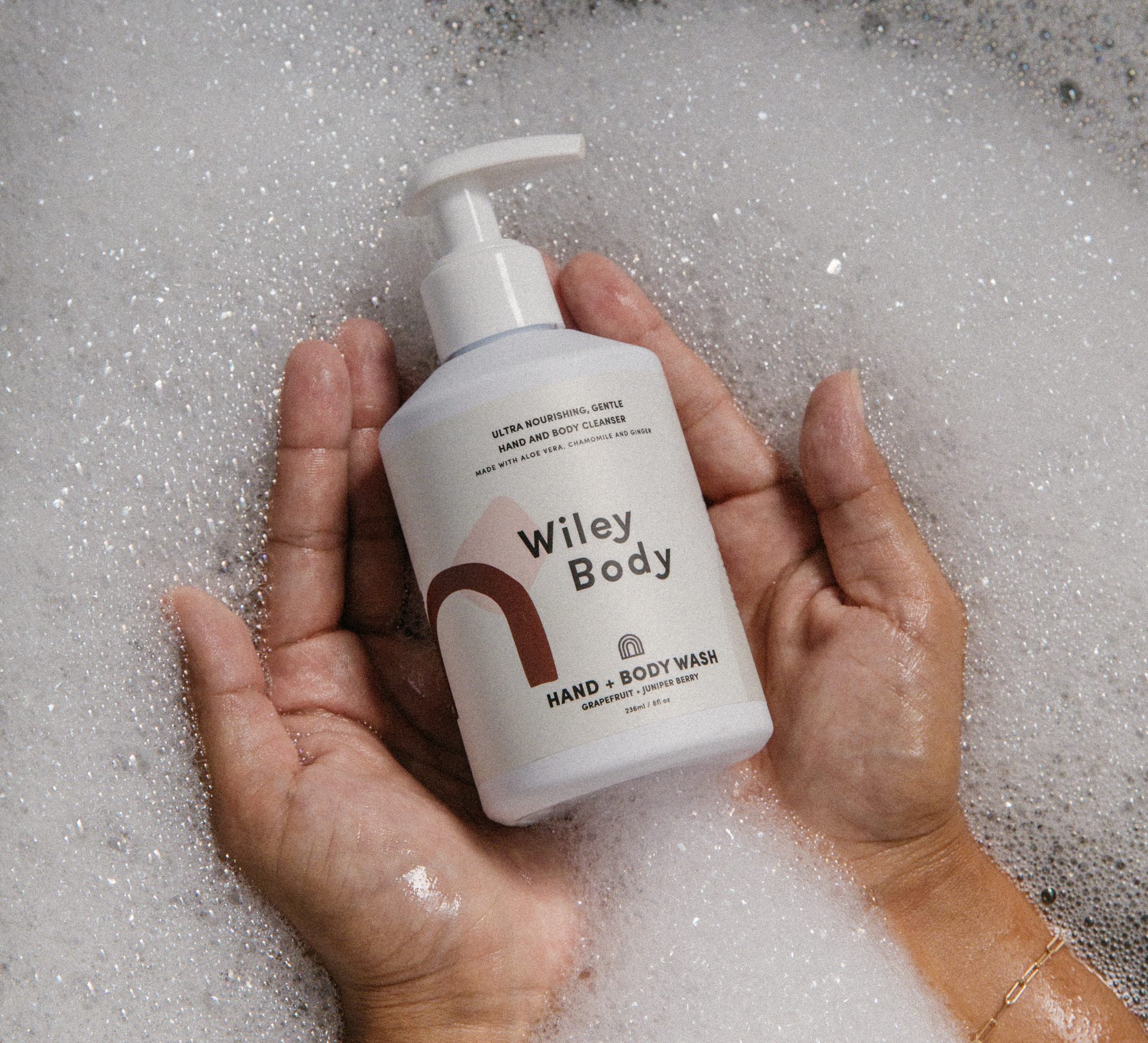
Next up for Wiley Body is a body scrub, and aluminum refills for its Hand & Body Wash are due out in the spring. The brand is working on a bulk refill program for stores, too. Skincare and sun care are aspirations for the future.
“We are focused on launching one product at a time and going from there. I would love to expand into skincare. I’m trying to brainstorm how we can make those products multipurpose,” says Wade. “Customers are looking for multipurpose products. They don’t want a 10-step skincare routine anymore. They are busy and just want one product that does a lot for them.”

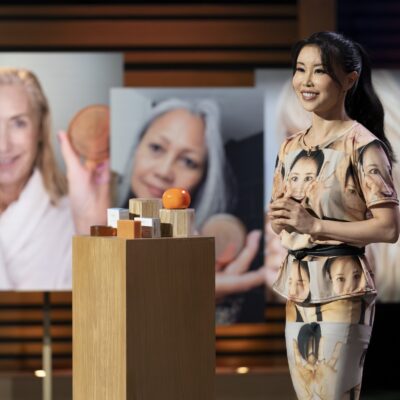
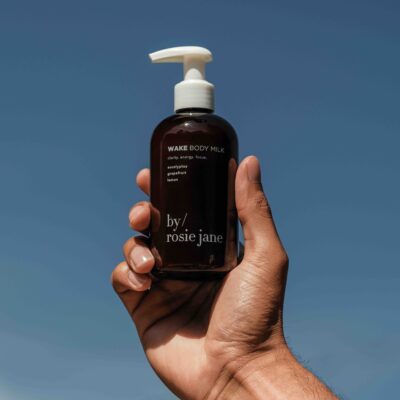
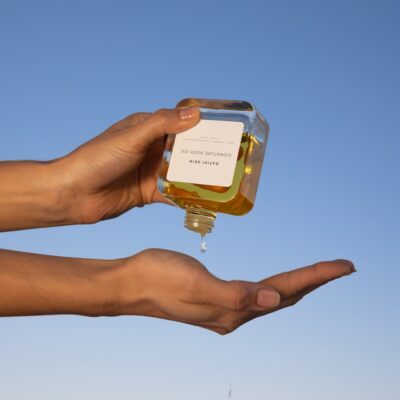
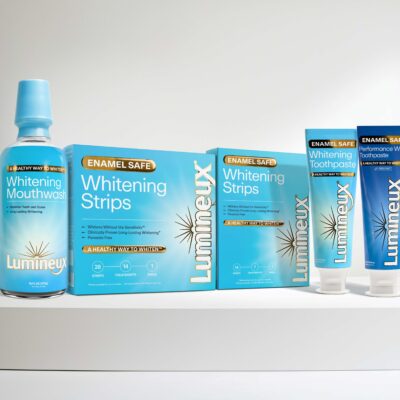
Leave a Reply
You must be logged in to post a comment.